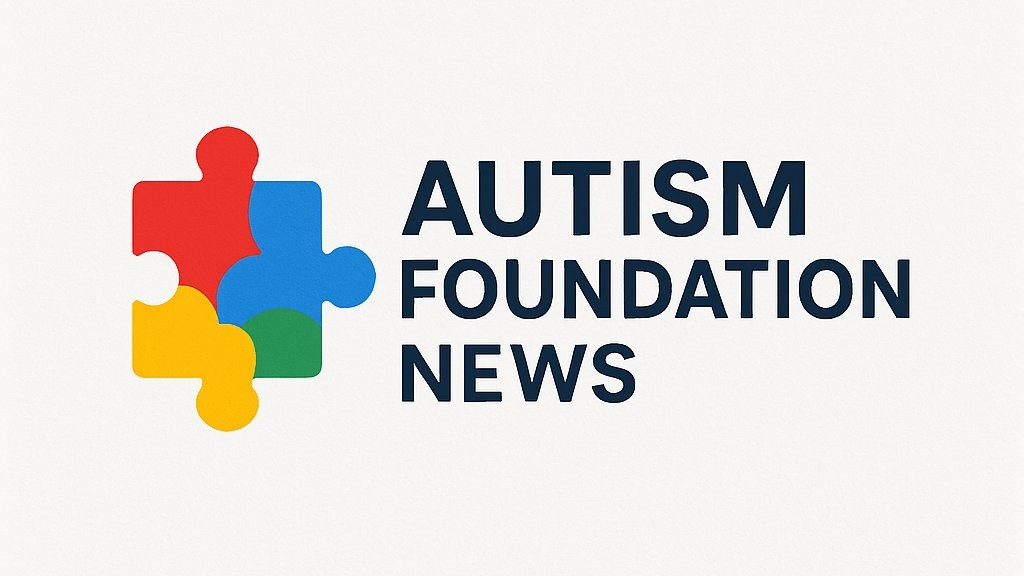
Finding Safety: A Path to Healing Through Mindfulness
In moments charged with anxiety, trauma, or the trials of daily life, many individuals find themselves buoyed by a deep-seated urge to escape. This tension, particularly challenging for people with autism, can transform into a pervasive sense of disconnection from one’s body. However, there are practices, like Emily Jane's guided meditation for finding safety in the body, that can encourage a reconnection, fostering a renewed sense of security.
Understanding the Core of Mindfulness
Mindfulness, particularly through the lens of practices like body scans and conscious breathing, offers individuals a way to cultivate a comforting awareness of their physical state. The essence of these practices lies in learning to soften the body intentionally. The act of noticing how one’s body interacts with the ground or the chair provides immediate grounding, which is crucial in calming the nervous system. Such practices affirm that, indeed, “in this moment, I am safe,” even when external circumstances might suggest otherwise.
The Importance of Breath: Connecting with Calm
Breathing, our most intrinsic and automatic function, acts as one of the most effective tools for survival and calming the mind. In Emily's meditation, participants are encouraged to engage in deep, conscious breaths to send a signal of safety to the nervous system. This practice connects more than just the mind to the body; it creates a sensory link that can facilitate an experience of peace and groundedness. For individuals struggling with feelings of trepidation, understanding the value of conscious, calming breaths can open pathways to emotional security.
Recognizing Tension: The Body Scan Technique
As outlined in the meditation, scanning the body allows a deeper inquiry into one’s emotional landscape. Identifying areas of tension or discomfort can be revealing; for individuals with autism, this awareness plays a pivotal role in developing emotional regulation strategies. By noting where one feels safe versus where discomfort lies, participants can employ mindfulness techniques to alleviate stress points, fostering a more positive relationship with their physical self.
Building a Kinesthetic Anchor: A Tool for Long-term Safety
Creating a kinesthetic anchor—an area of the body that feels calm or neutral—can empower individuals by offering a personal resource they can return to in times of distress. Once a person identifies this 'safe' part of the body, leaning into that feeling overtime can help build resilience against anxiety and feelings of disconnect. This practice enables individuals to have a tangible sense of safety they can visualize and embody.
The Future of Mindfulness: A Golden Opportunity for Growth
As mindfulness grows in popularity, it holds tremendous promise for various therapeutic approaches, especially for individuals with autism. Not only does effective mindfulness practice offer tools for emotional regulation, but it also encourages introspection and self-awareness. By incorporating practices, such as Emily's meditation, into individual therapy sessions, caregivers and professionals can enhance therapeutic outcomes and nurture emotional healing.
In conclusion, discovering a sense of safety within one's body is a journey that requires patience, practice, and perseverance. Mindfulness techniques provide valuable tools for this journey, ultimately leading to better emotional health and a brighter outlook for individuals and caregivers alike. If you’re interested in exploring mindfulness further, seek resources in your community or engage in online courses to deepen your practice.
 Add Row
Add Row  Add
Add 




Write A Comment